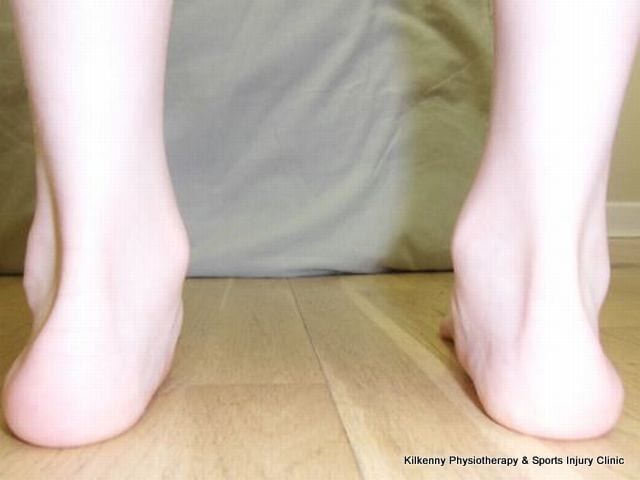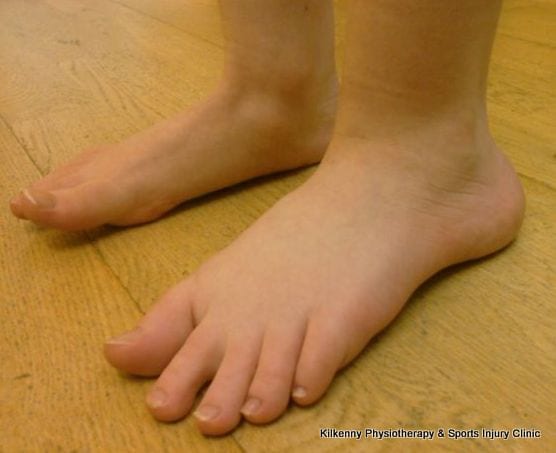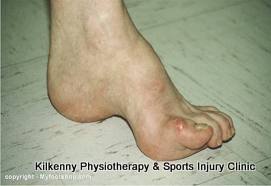Home / Conditions We Treat / Foot Pain / Flat Feet


Parents frequently present in our clinic with children who they believe have flat feet. In a lot of these cases the child has already been elsewhere and has either been given insoles or orthotics, or have bought an over the counter pair of insoles.
In a lot of these cases the child will have been given an unsuitable pair of insoles or orthotics. When this happens we reassess and try where possible to adjust the pair of devices they have to suit rather than starting with a new pair. We also do a full biomechanical assessment and not just look at the feet, as any orthotic or insole is going to change the mechanics of the entire body.
This allows us to accurately assess if the child has flat feet, high arches or other biomechanical deviations, and the impact of these on the body.
During this assessment we also identify potential issues which may arise in the future because of the biomechanics that the child has had. These include conditions such as Oosgoold Schlatters, Chondromalacia patella, Severs or Sinding-Larsen-Johansson.
When the risk of these conditions is identified, with early intervention, we can frequently prevent the onset of these potentially sports limiting conditions.




There are various contributing factors to a presentation of flat feet or high arches?
In our clinic we will do a detailed biomechanical assessment of the child, as described above, to determine what biomechanical issues in the child have caused any problems.
From this, we will determine what biomechanical deviations within the child may have predisposed to his flat feet. We will analyse our findings to determine the exact cause of the flat feet.
Our treatment of flat feet will be determined by the assessment findings but generally include some or all of the following:
It is our policy to follow children through until they are 16 years of age. We feel we should follow up on children whom we give orthotics to as we are effectively changing the position of the child’s body and so we should monitor them.
By doing this detailed biomechanical assessment we are effectively changing your child, for the better, and potentially for life. We have several children who were on the verge of giving up sport because they felt they were no good, or were in pain, and are now actively participating teenagers.
MONDAY – FRIDAY
8am – 9pm
SATURDAY
9am – 2pm
SUNDAY
Closed